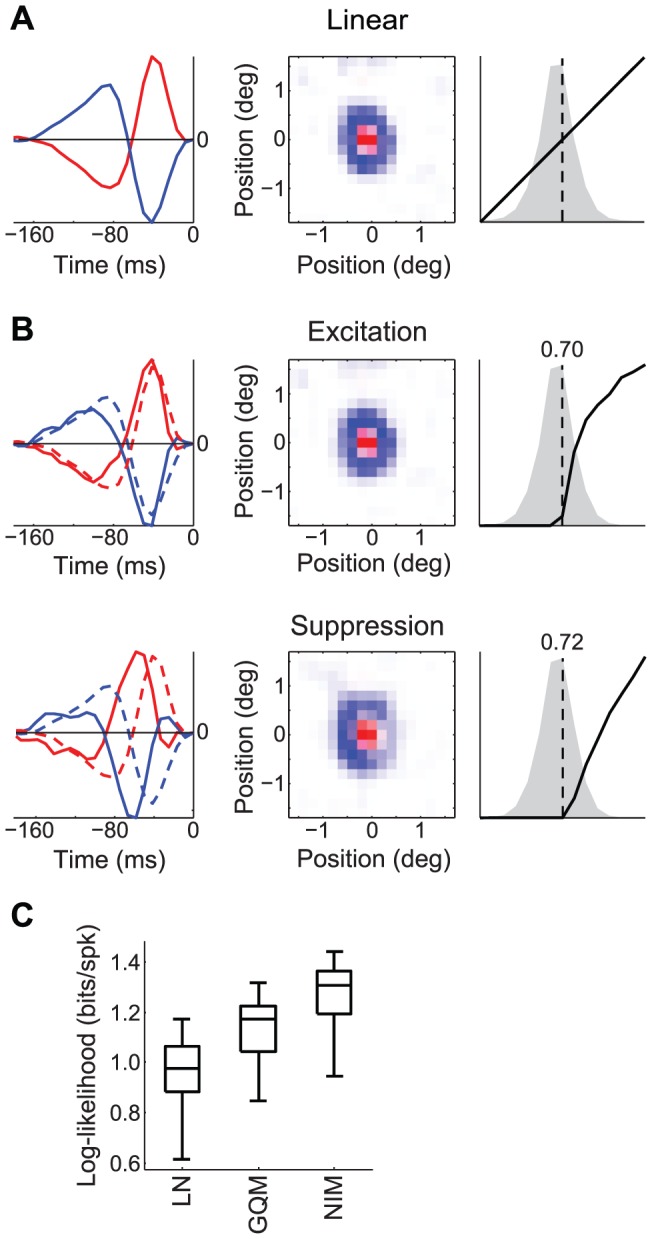Figure 4. Spatiotemporal tuning of excitatory and suppressive inputs to an LGN neuron.

A) The linear receptive field can be represented as the sum of two space-time separable components, corresponding to the receptive field center (red) and surround (blue). B) The NIM with excitatory (top) and suppressive (i.e., putative inhibitory, bottom) inputs. The excitatory and suppressive components (solid) both have slower, and less biphasic, temporal responses (left) compared with the linear model (dashed). The suppressive input is also delayed relative to the excitatory input. Both excitatory and suppressive inputs have roughly the same spatial profiles (middle), and both provide rectified input through the corresponding upstream nonlinearities (right). C) The NIM has significantly better performance, as measured by cross-validated log-likelihood, compared to the linear model (p = 0.002; n = 10 cross-validation sets; Wilcoxon signed rank test) and the GQM (p = 0.002).
